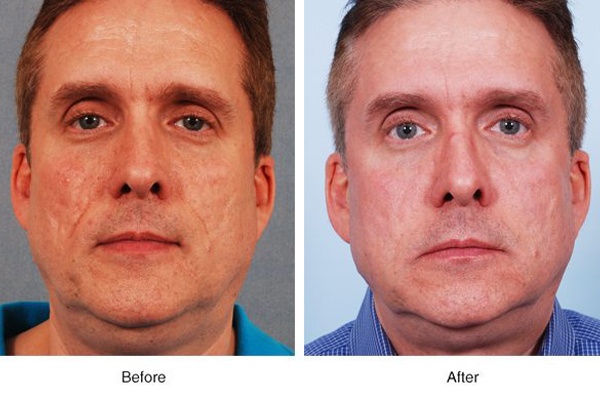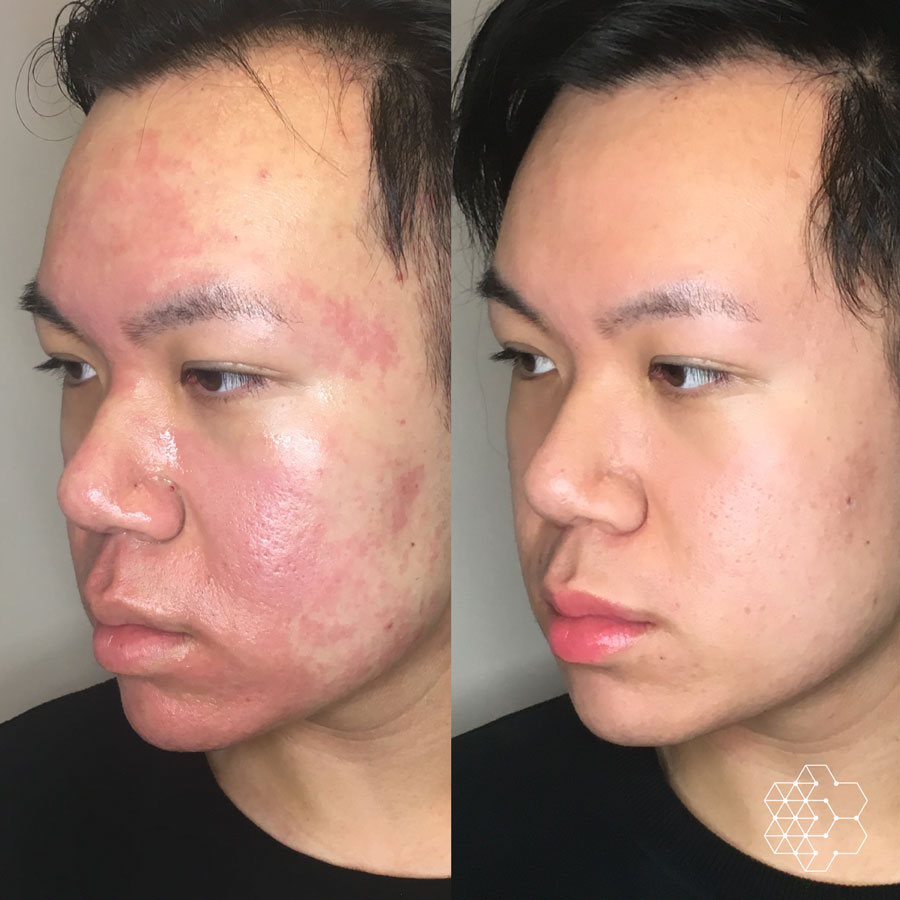Targeted Acne and Acne Scars Treatment: Recover Your Clear Skin
Targeted Acne and Acne Scars Treatment: Recover Your Clear Skin
Blog Article
Recognizing the Different Skin Problem and Effective Treatment Choices for Acne Marks
Acne scars stand for a complex interplay of skin disease that significantly influence people' self-esteem and overall skin health and wellness. Recognizing the distinct kinds of acne scars-- hypertrophic and atrophic-- along with their underlying reasons, is crucial for identifying efficient treatment approaches. Various healing options exist, varying from sophisticated skin-related treatments to all-natural remedies. However, the efficiency of these treatments typically depends upon individualized analyses by qualified professionals. As we explore the landscape of acne scar management, it becomes evident that the journey toward clearer skin may include greater than simply topical options.
Types of Acne Scars
Acne scars can show up in numerous forms, each needing certain treatment approaches. The two main categories of acne marks are hypertrophic and atrophic marks. Atrophic marks are characterized by a loss of tissue, resulting in depressed locations on the skin. These marks are further categorized right into 3 subtypes: ice pick marks, which are deep and narrow; boxcar marks, which are broader and have distinct edges; and rolling marks, which create a wave-like look because of uneven skin texture.
In comparison, hypertrophic scars arise from an overproduction of collagen during the healing procedure, bring about elevated areas on the skin. These scars are commonly firm and can differ in shade, often appearing red or darker than the surrounding skin.

Reasons of Acne Scarring
Marking occurs as an outcome of the body's natural recovery action to swelling and injury triggered by acne sores. When acne types, it triggers an inflammatory action, resulting in the launch of various cytokines and development aspects that promote recovery. This process can often lead to extreme cells development or poor repair, resulting in scars.
The primary reasons for acne scarring consist of the intensity of the acne itself, period of the lesions, and individual skin types. Extreme inflammatory acne, such as blemishes and cysts, is more probable to result in scarring because of deeper tissue damages. In addition, incorrect handling of acne lesions, such as selecting or squeezing, can intensify tissue injury and swelling, boosting the likelihood of scarring.
Hereditary predisposition likewise plays a substantial duty; people with a family members background of scarring are at a higher danger. Additionally, skin type and shade can affect scar development, as darker skin tones might experience post-inflammatory hyperpigmentation, while lighter skin might develop atrophic scars.

Therapy Alternatives for Scarring
Effective treatment choices for acne scarring vary depending on the type and seriousness of the marks. Normally classified right into atrophic, hypertrophic, and keloid scars, these conditions need customized methods for optimal outcomes.
For atrophic marks, which are defined by a loss of tissue, treatments such as chemical peels, microdermabrasion, and laser therapy are frequently employed. These methods promote skin renewal and stimulate collagen manufacturing, consequently improving skin texture. Subcision, a minimally intrusive treatment, can likewise be efficient by damaging up coarse bands under the skin.
Hypertrophic and keloid scars can read this article be extra testing to treat. Alternatives include corticosteroid injections to lower inflammation and flatten the scars. acne scars treatment. In many cases, cryotherapy or laser therapy might be recommended to minimize their look
Surgical choices are readily available for serious scarring, where excision or skin grafting may be necessary. It's necessary for individuals to seek advice from a skin doctor to evaluate their specific scar kind and review one of the most ideal therapy plan. Incorporating multiple treatments commonly yields the most effective end results, making sure that each client's special skin condition is attended to efficiently.
Natural Home Remedy and All-natural Solutions
All-natural services and natural home remedy can give an accessible strategy for individuals seeking to enhance the look of acne scars. Numerous ingredients found in the home kitchen have demonstrated prospective advantages in boosting skin structure and promoting healing.
Using fresh aloe vera gel directly onto the marks can assist enhance skin hydration and lower inflammation. Honey possesses all-natural anti-bacterial and moisturizing top qualities that can aid in scar healing.
An additional effective option is lemon juice, which serves as a natural exfoliant and can lighten hyperpigmentation. It ought to be utilized meticulously, as it may trigger photosensitivity. Oat meal masks are also helpful; their mild peeling can assist remove dead skin cells while relaxing irritation.
Essential oils, such as tea tree oil and lavender oil, can additionally sustain scar recovery as a result of their antimicrobial buildings. It is essential to do a patch examination before using any type of treatment to ensure there are no damaging reactions. These natural services can be a complementary approach in the trip to lessen acne marks.
Avoiding Future Scarring
Embracing a proactive approach to skin care can dramatically reduce the threat of establishing future acne marks. Among the key strategies is to manage acne properly as it occurs (acne scars treatment). This entails utilizing non-comedogenic skincare products and drugs recommended by skin specialists that target acne without irritating the skin. Regular cleaning, peeling, and hydration can assist maintain skin wellness and stop clogged up pores.
In addition, avoiding the lure to squeeze or select acne sores is essential, as check here this can cause swelling and subsequent scarring. Rather, individuals need to concentrate on applying topical therapies that promote healing and lower swelling. Components such as salicylic acid, benzoyl peroxide, and retinoids are known for their efficiency in taking care of acne and reducing marks.

Finally, maintaining a healthy diet regimen abundant in antioxidants and remaining hydrated supports skin regrowth. By executing these safety nets, individuals can dramatically lower their threat of future scarring and promote overall skin wellness.
Conclusion
In final thought, a detailed understanding of acne marks, including both hypertrophic and atrophic types, is important for reliable treatment approaches. Assessment with a dermatologist stays necessary to devise individualized methods that consider individual skin kinds and mark severity, inevitably enhancing the efficiency of mark management strategies.
Acne marks stand for a complex interplay of skin problems that considerably effect people' self-worth and overall skin health and wellness. The two key categories of acne marks are hypertrophic and atrophic marks. These marks are additional categorized into three subtypes: ice pick scars, which are deep and narrow; boxcar scars, which are broader and have well-defined edges; and rolling scars, which create a wave-like look due to unequal skin appearance.
A thorough consultation with a skin doctor can help determine the most appropriate intervention, taking right into account the individual's skin type, mark intensity, and general skin health and wellness.
Assessment with a dermatologist stays necessary to design tailored methods that take into consideration specific skin kinds and scar severity, eventually improving the efficiency of scar management strategies.
Report this page